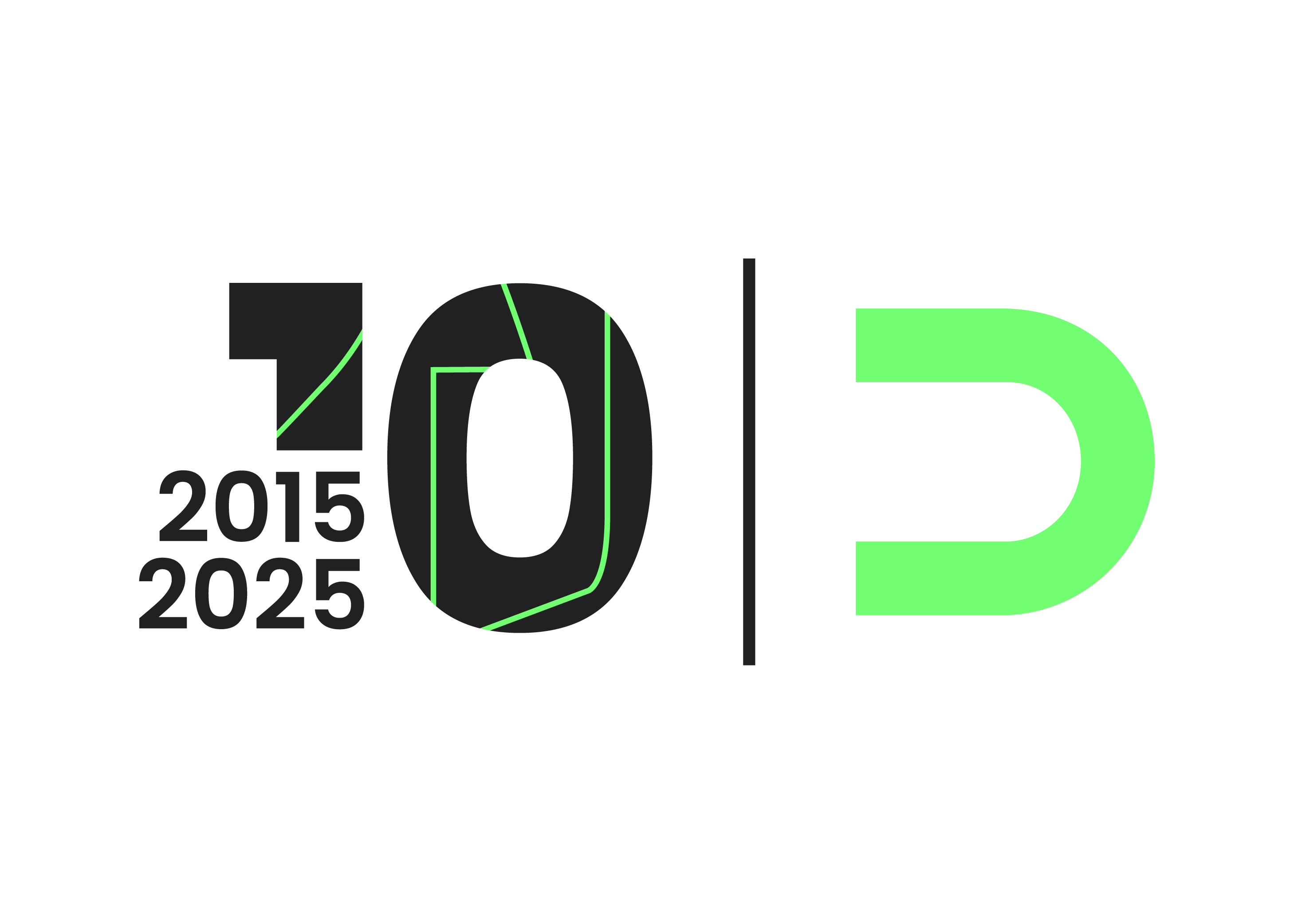Strategic Design to Enhance Real Estate Value with Functionality and Aesthetics
In the real estate sector, strategic design has become a key tool for increasing property value. In Panama, this trend has gained popularity as property owners and investors seek to optimize both functionality and aesthetics to make properties more attractive and valuable in the market. A well-planned design not only transforms a space into something visually appealing but also ensures the property is efficient and functional for its occupants. This combination can significantly elevate a property’s value, enhancing its appeal to potential buyers or tenants.
The Importance of Strategic Design in Real Estate Value
Strategic design in real estate goes far beyond the visual appearance of a property. This approach focuses on maximizing space utilization, ensuring efficient layouts, and using high-quality materials that can withstand time and daily use. According to a study conducted by the University of California, buyers and tenants value properties that offer a balanced combination of aesthetics and functionality. An attractive and efficient design not only increases the perceived value of a property but also contributes to higher occupancy rates and prolonged user satisfaction. In Panama, where competition in the real estate market is increasingly fierce, developers have begun prioritizing strategic design in their projects. For example, the Metro Park project, developed by DIAZ DIAZ, attracts companies that value efficiency and operational cost savings thanks to its modern and sustainable design. This approach not only improves the quality and appeal of the area but also increases property demand, ensuring long-term value appreciation for both local and international investors. Metro Park is a clear example of how well-planned design can positively and sustainably impact a property’s value.

Balancing Aesthetics and Functionality
One of the greatest challenges in real estate design is achieving a balance between aesthetics and functionality. A space may be visually striking, but if it isn’t practical or functional for daily use, its appeal diminishes considerably. For this reason, strategic design ensures that every element is not only pleasing to the eye but also serves a specific purpose.
DIAZ DIAZ has applied this combination of functionality and aesthetics in projects like the P&G Coffee Corner Lounge, designed to enhance both employee well-being and productivity. This space features a modern and comfortable design that reinforces the company’s corporate image, fostering an environment of collaboration and functionality. Moreover, its design optimizes break times, which benefits employees, elevates the company’s prestige, and increases the value of the property in which it is located. Integrating spaces like the P&G Coffee Corner Lounge demonstrates how strategic design can positively impact both operations and the perceived value of a property.

Current Trends in Strategic Real Estate Design
Architectural and strategic design trends for the real estate sector focus on three main pillars: sustainability, efficiency, and flexibility. Each of these elements uniquely contributes to increasing property value and meets the expectations of modern buyers. Sustainability: Growing environmental awareness has led many developers in Panama to incorporate sustainable practices into their projects. From using recycled materials to implementing energy-efficient systems, sustainable design not only benefits the planet but also enhances the property’s appeal and value. Buyers are increasingly interested in living and working in spaces that have a lower environmental impact, making sustainable design a differentiating factor in the market. Efficiency: Optimizing space is fundamental to strategic design. Properties that maximize the use of every square meter without compromising comfort are more attractive to buyers. In Panama, it is common to see designs that incorporate hidden storage, movable walls, or multifunctional areas to better utilize space in homes and offices. Flexibility: Modern buyers value spaces that can adapt to their changing needs. In residential properties, this might mean multipurpose areas that serve as home offices, gyms, or entertainment rooms. In the commercial sector, flexibility allows companies to modify their offices to accommodate growth or team reorganizations. A strategic design that enables this adaptability is highly valued and can contribute to increased property value.
The Impact of Design on Client Perception
Client perception is a fundamental factor in determining a property’s value. Well-designed spaces have the power to evoke positive emotions in users, making them feel comfortable, safe, and satisfied. In commercial properties, a good experience in the space can increase customer loyalty and their willingness to return. Strategic design that connects with clients’ emotions also encourages them to pay a higher price for the property or recommend it to others. Additionally, in today’s visually driven market, attractive spaces are often shared on social media, generating free promotion and increasing interest in the property. Strategic design that balances functionality and aesthetics is a powerful tool for increasing real estate value in Panama. By creating spaces that meet users’ practical needs while offering an attractive visual and emotional experience, real estate developers can gain a competitive advantage in the market. Projects by DIAZ DIAZ, such as Metro Park and P&G Coffee Corner Lounge, exemplify how well-planned design not only enhances the quality of life for occupants but also maximizes return on investment for property owners and investors. In a dynamic real estate market like Panama’s, strategic design will continue to be a decisive factor for the success of future projects.






